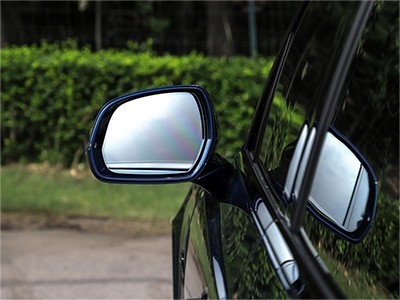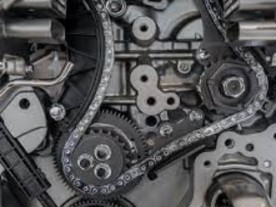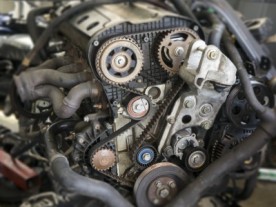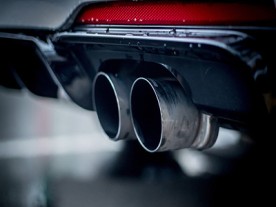Different Vehicle Usages and Their Varied Side Mirror Requirements
Side mirror requirements vary across different vehicle usages to cater to specific needs. Whether it's city driving, off-road adventures, or specialized applications, understanding the differing demands of each usage is crucial when choosing the appropriate side mirrors.
City Driving and Compact Cars:
In urban environments, compact cars commonly found in city driving require side mirrors with good visibility and a smaller size. Features like wide-angle mirrors provide a broader view, facilitating observation of surrounding traffic. Foldable functionality becomes important for maneuvering in tight parking spaces, while blind-spot monitoring systems enhance safety by alerting drivers to vehicles or objects in their blind spots.
Off-Road Adventures and SUVs:
For off-road excursions, SUVs demand robust and durable side mirrors capable of withstanding rugged terrains and potential impacts. Sturdy construction and protective casings are essential to safeguard against collisions and vibrations. Additionally, foldable mirrors are valuable to avoid damage when navigating narrow trails, while dust-resistant properties ensure clear visibility in dusty and muddy environments.
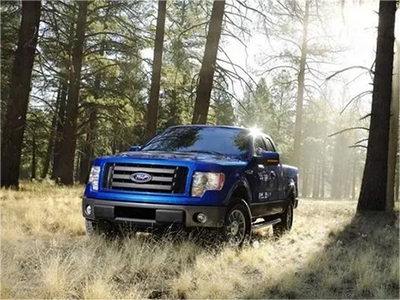
Long-Haul Travel and Comfort:
Long-distance journeys call for side mirrors that prioritize comfort and convenience. Electric adjustment and heating features offer drivers the ease of adjusting their mirrors according to personal preferences, even in adverse weather conditions. Some high-end models may also include a peaceful mode that reduces wind noise and vibrations, enhancing the overall driving experience during extended trips.
Specialized Applications and Unique Requirements:
Different vehicle usages come with their own unique mirror requirements. For delivery vehicles, maximum visibility aids efficient navigation in urban environments, making wide-angle mirrors and blind-spot monitoring systems crucial. Racing cars focus on aerodynamics and weight reduction, requiring sleek, lightweight, and vibration-resistant mirrors. Towing vehicles benefit from extended mirrors to accommodate the width of the towed trailer or caravan, providing improved rear visibility.
Public transport buses necessitate side mirrors that offer an extensive view of surrounding traffic to ensure passenger safety during lane changes and turns. Some models incorporate cameras into the side mirrors, allowing drivers to monitor blind spots more effectively. Electric vehicles introduce innovative alternatives, such as camera-based systems replacing traditional mirrors to enhance energy efficiency through reduced aerodynamic drag.
Whether it's compact cars for city driving or off-road adventures with SUVs, understanding the unique needs associated with each usage ensures optimal safety, convenience, and performance. Tailoring side mirror choices based on these requirements enhances the overall driving experience while prioritizing specific usage demands.

